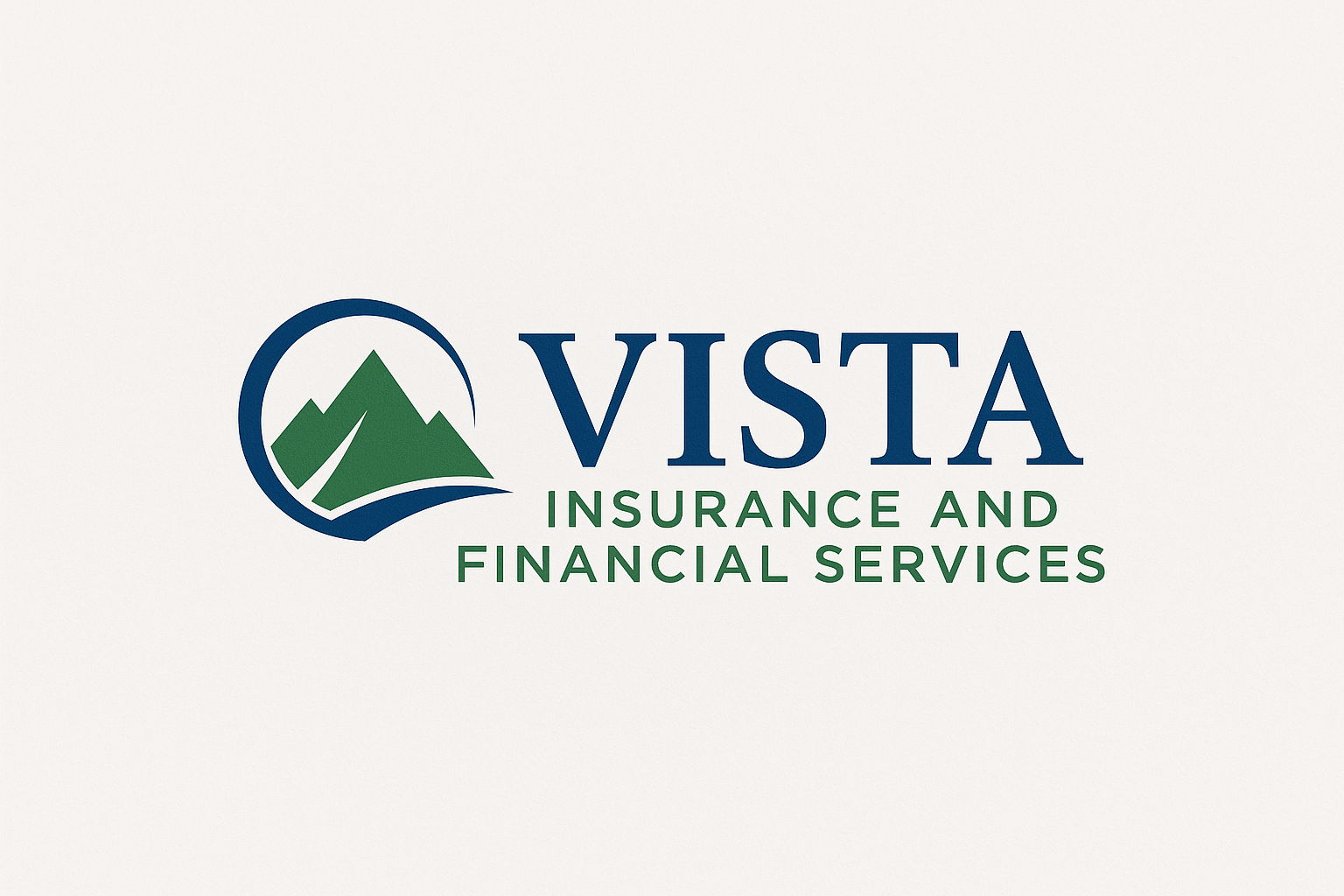Federal COBRA generally applies to employers with 20+ employees, while many states have continuation rules for smaller groups. Maintain a simple flowchart that starts with qualifying events, tracks election windows, and shows maximum coverage periods (DOL, 2024a).
Use the DOL’s model General Notice for new participants and a timely Election Notice after a qualifying event. Keep copies and mailing proofs. Define how you handle second qualifying events and early termination scenarios such as nonpayment or fraud (DOL, 2024a).
Premium administration should include the 2% administrative fee if used. Reconcile cash, invoices, and enrollment files monthly to prevent gaps. Coordinate with TPAs or carriers so billing aligns with enrollment changes.
When state mini-COBRA applies, confirm the timelines and model notices differ from federal COBRA. Align your templates accordingly (KFF, 2023).
Run a quarterly audit: sample recent qualifying events, verify notices and dates, and confirm premium balances and carrier records match.
References
- DOL. (2024a). *An Employer’s Guide to Group Health Continuation Coverage Under COBRA.* U.S. Department of Labor. https://www.dol.gov
- KFF. (2023). *COBRA and State Continuation Coverage.* KFF Health Reform. https://www.kff.org
